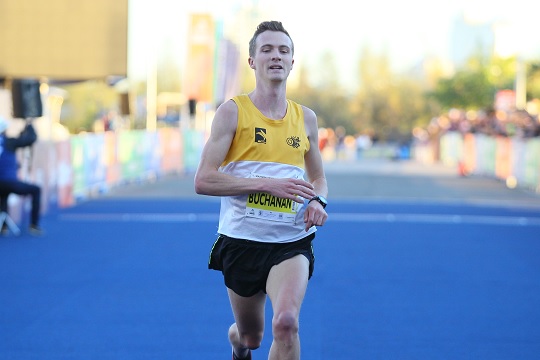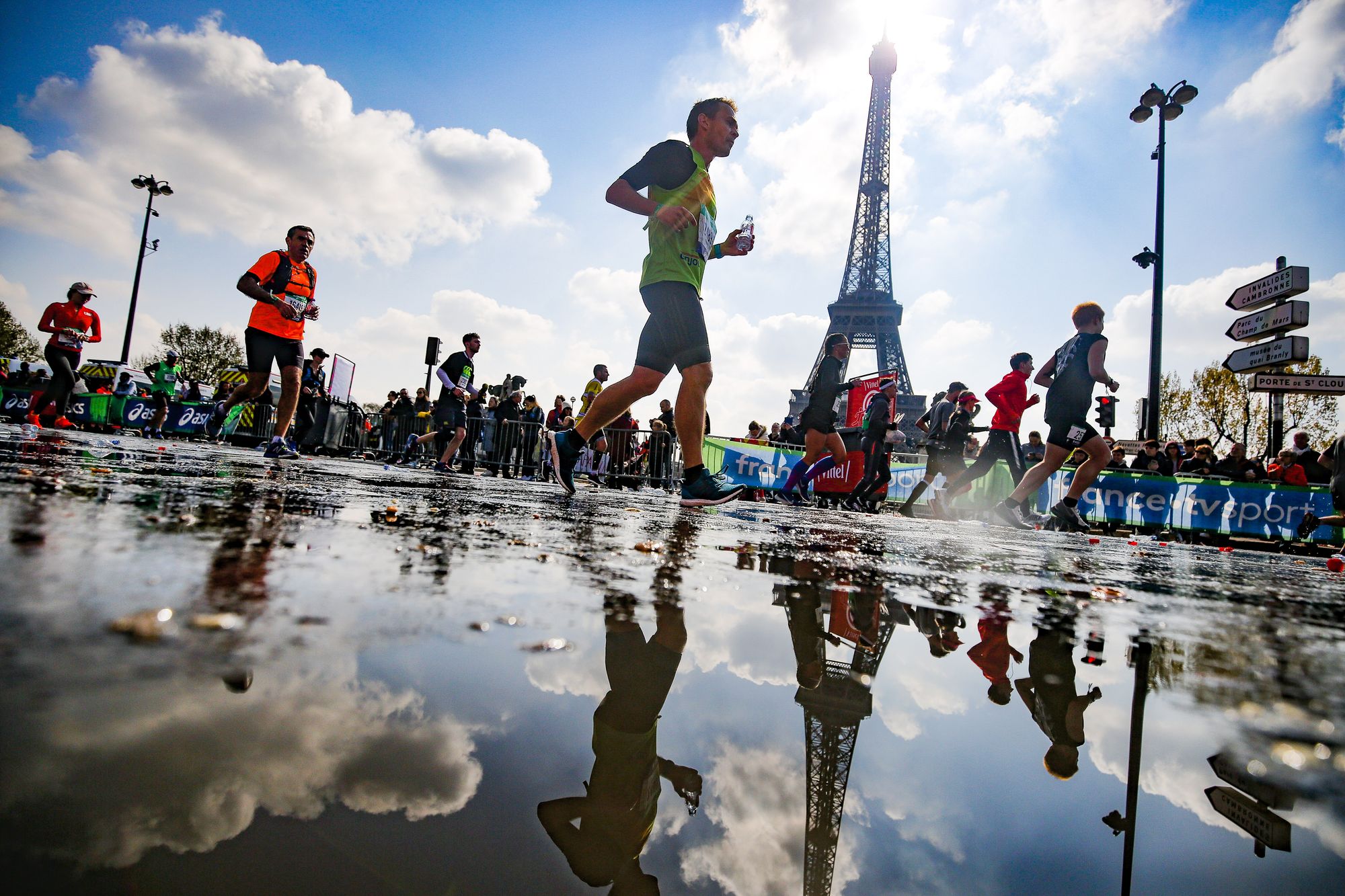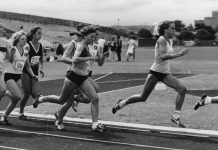Newsflash: fearless prediction follows.
The selection window for the Olympic marathons closes this weekend and the Australian selectors can begin weighing the relative merits of the six women and four men from whom they can name three of each to run the Paris 26-miler.
And here’s the prediction. The selectors will get it wrong, or THE SELECTORS WILL GET IT WRONG. BIGLY, as a certain notorious late-night social media poster might put it.

How can you be so sure, you ask. Because it’s a near certainty both statistically and performance-wise, that’s why.
Let’s start with the women, where Sinead Diver, Lisa Weightman, Jess Stenson, Genevieve Gregson, Isobel Batt-Doyle and Eloise Wellings have all run faster than the qualifying standard in the period.
You don’t have to have a sub-major in statistics – though this writer does from his dim and distant past – to know there are 20 different combinations of three you can choose from six people.
Only one of these can be the three who will perform best on a given day. To the extent that the athletes are all of different performance levels picking the best three might not be a difficult as mathematical theory suggests but given all six women are within a relatively narrow time band we can treat them as equally likely to run well on the day.
But, or should that be BUT, here’s where the nature of the event comes in. These athletes aren’t being selected to perform a routine task at which they’re all equally good, or to sit an exam in a subject in which they are all A-level students, or even to run the Olympic 100 metres where someone fires a gun and you all run fast-as-you-can to the finish line.
Nope. The chosen three will be running the Olympic marathon. And history suggests that one, at least, will get the race horribly wrong on the day. Another will run somewhere near average level and the third, you hope, will do spectacularly well. It’s the nature of the event, proven time and time again over ‘normal’ marathon history, much less championship marathon history.
Given that the Olympic marathon is a summer marathon as well as a championship, it is also likely that all three will run times slower than they did in Valencia, Daegu, London or wherever. And that, of course, will be slower than the best times of the three who miss out. Then there will be no shortage of shouters, on social media and elsewhere, crying out ‘the selectors got it wrong’.
Let’s consider another empirical example. Last weekend the Victorian ‘winter’ season got under way under traditional warm autumn sunshine with the cross-country relays. At the top level, teams of six men and five women raced around a six-kilometre loop. From years’ experience with your correspondent’s club, I would say no club ever gets its six runners ‘right’ (unless they’ve got only six to choose from!). If you have enough runners for even two teams, it is almost certain that at least one in the ‘second’ team will run faster than at least one in the first.
A similar outcome is almost guaranteed whichever three women represent us in the marathon in Paris.
By contrast, selection for the men’s marathon is way less complex. But the performance of Andrew Buchanan in running 2:08:58 in Hamburg last weekend (28 April) means it is not exactly a doddle, either. The selectors could get this one wrong, too!
 A little-known quirk of the qualification system – the one allowing the USA to pick first three in its marathon trial – is that marathon spots are qualified as quota, rather than automatically belonging to the athlete. It doesn’t guarantee complete freedom of choice, but once a nation has an athlete qualified, that place can be used by another athlete provided they have run 2:11:30, or faster (men), or 2:29:30, or faster (women).
A little-known quirk of the qualification system – the one allowing the USA to pick first three in its marathon trial – is that marathon spots are qualified as quota, rather than automatically belonging to the athlete. It doesn’t guarantee complete freedom of choice, but once a nation has an athlete qualified, that place can be used by another athlete provided they have run 2:11:30, or faster (men), or 2:29:30, or faster (women).
The target field size for the Paris marathons is 80. At the end of January, the top 64 places were filled by those who had bettered the 2:08:10/2:26:50 auto standard or bettered the performance of the athlete ranked sixty-fifth on the three-per-nation basis at that date. The remaining 16 places were then to go in order to those who had bettered the performance of sixty-fifth place (stick with it. I’m nodding off, too!).
Liam Adams sits in one of those places, safely enough at 73. Not saying it will happen, but Andrew Buchanan can displace him – or either of big-Q men Brett Robinson and Patrick Tiernan, as this writer understands it.

At least the fourth male can be entered as a reserve when the official entries go in. Two women, however, will not even get that status as only one reserve is allowed.
The fun all starts at midnight Sunday (5 May), Monaco time, when the marathon qualifying period closes. Then it heads down for the selectors. Pens and notebooks ready, it’s about time for them to begin.






























